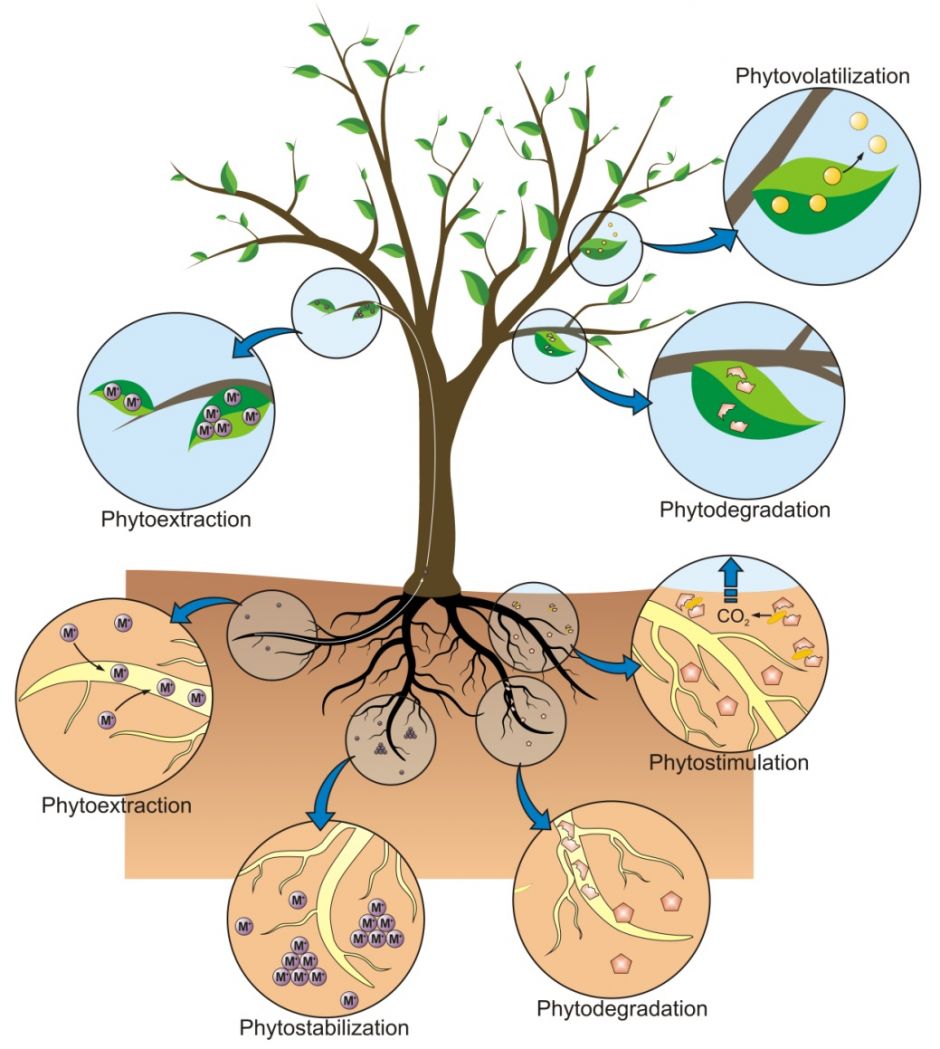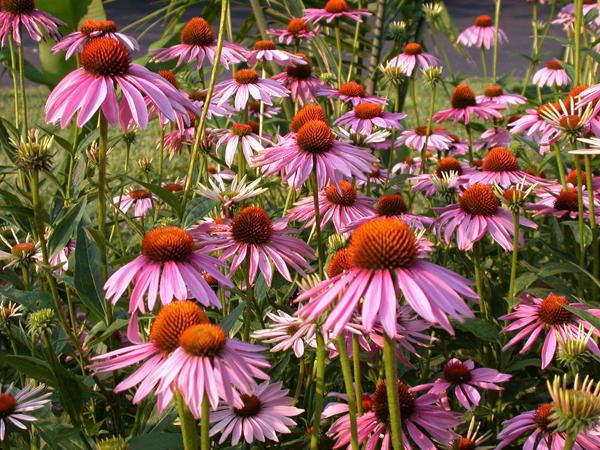Written by: Shonda Lucks
In a previous blog, “What is Bioretention?“, we briefly discussed Storm-water Management/MSD Bioretention Basins and other Storm-water BMP’s (Best Management Practices) which applies to both the metropolitan and urban areas.
The Process Of Bioretention
Bioretention is the process which removes pollutants from the storm w ater runoff through physical, biological and chemical treatment processes. This not only helps to keep our creeks and rivers cleaner but also remove contaminates through a process called phytoremediation. Phytoremediation is the direct use of green living plants in an action of redeeming something reversing or stopping environmental damage. This process stabilizes or reduces the contamination in soils, sludges, sediments, surface water and ground water. The different forms of phytoremediation are phytoextraction, rhizofiltration, phytostabilization, phytodegradation and phytovolation.
ater runoff through physical, biological and chemical treatment processes. This not only helps to keep our creeks and rivers cleaner but also remove contaminates through a process called phytoremediation. Phytoremediation is the direct use of green living plants in an action of redeeming something reversing or stopping environmental damage. This process stabilizes or reduces the contamination in soils, sludges, sediments, surface water and ground water. The different forms of phytoremediation are phytoextraction, rhizofiltration, phytostabilization, phytodegradation and phytovolation.
What type of BMP depends of what you are trying to achieve. Phytoextraction remediates the soil by extracting contaminates from the soil through the plants roots, moving them up the stems to the leaves. Rhizofiltration, also called phytofiltration, uses plants to remove contaminants from water. Phytostabilization is the immobilization on contaminants in the soil and prevents migration of them by wind and water erosion, leaching and soil dispersion. Phytodegradation is also called phyto-tranformation. This is the breaking down of contaminants taken up by the plant through metabolic processes within the plant. Phytovolation is the process of the plant taking up contaminates which are water soluble and releasing them into the atmosphere as they transpire the water.
Plants are selected for their species and are used based on their ability to extract or degrade the contaminants of concern. Some plant species have the ability to extract elements from the soil and concentrate them in the stems, shoots and leaves. Many of these areas in the landscaping have achieve a removal rate of 90% of these pollutants.
The Use Of Native Plants In Bioretention
 Our native plants are designed to clean our land. Phytoremediation works and is a way to remedy our soil problems in order to achieve sustainable soils. The many different forms can be used for the many different soil problems in our area. The native plants used help to bring back the heritage of flora lost through human activity and saves money over alternative cleanup methods. Some people may think that these areas look like prairies and unkept. If they are designed properly, maintained correctly and inspected throughout the year, they can be very beautiful. They can give full season color and interest. When you understand what these bioretention areas do for us and how awesome the science is behind each plant species that is chosen for what it does, you will begin to appreciate seeing them around town.
Our native plants are designed to clean our land. Phytoremediation works and is a way to remedy our soil problems in order to achieve sustainable soils. The many different forms can be used for the many different soil problems in our area. The native plants used help to bring back the heritage of flora lost through human activity and saves money over alternative cleanup methods. Some people may think that these areas look like prairies and unkept. If they are designed properly, maintained correctly and inspected throughout the year, they can be very beautiful. They can give full season color and interest. When you understand what these bioretention areas do for us and how awesome the science is behind each plant species that is chosen for what it does, you will begin to appreciate seeing them around town.
Let Us Manage Your Bioretention Areas
We can help you properly install and maintain your bioretention areas. Give us a call at 314-770-2828 or use our simple contact form to discuss your sustainability needs.
References
Using Phytoremediation to Clean Up Sites. (n.d.). Retrieved from EPA: http://www.epa.gov/superfund/accomp/news/phyto.htm




